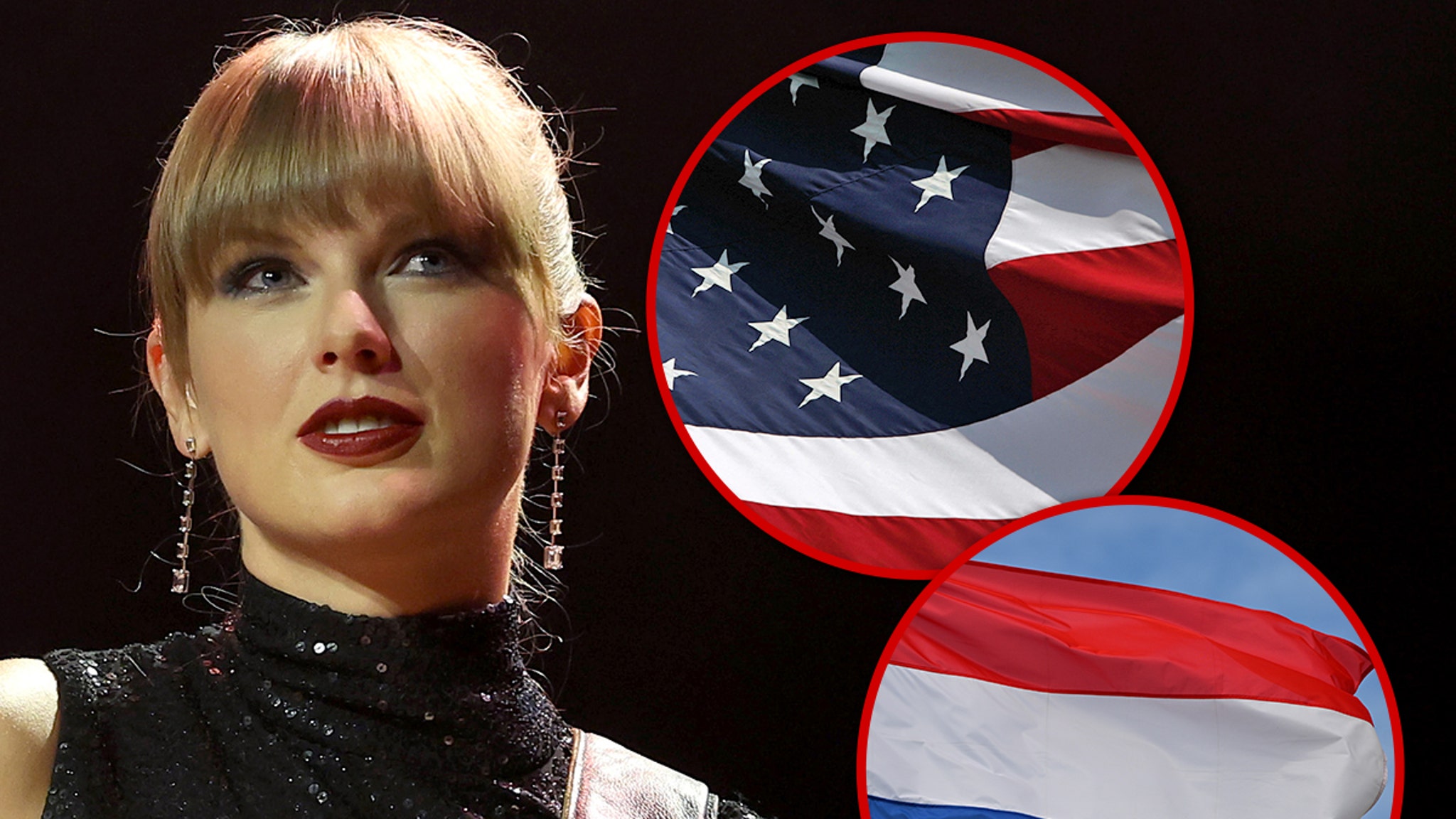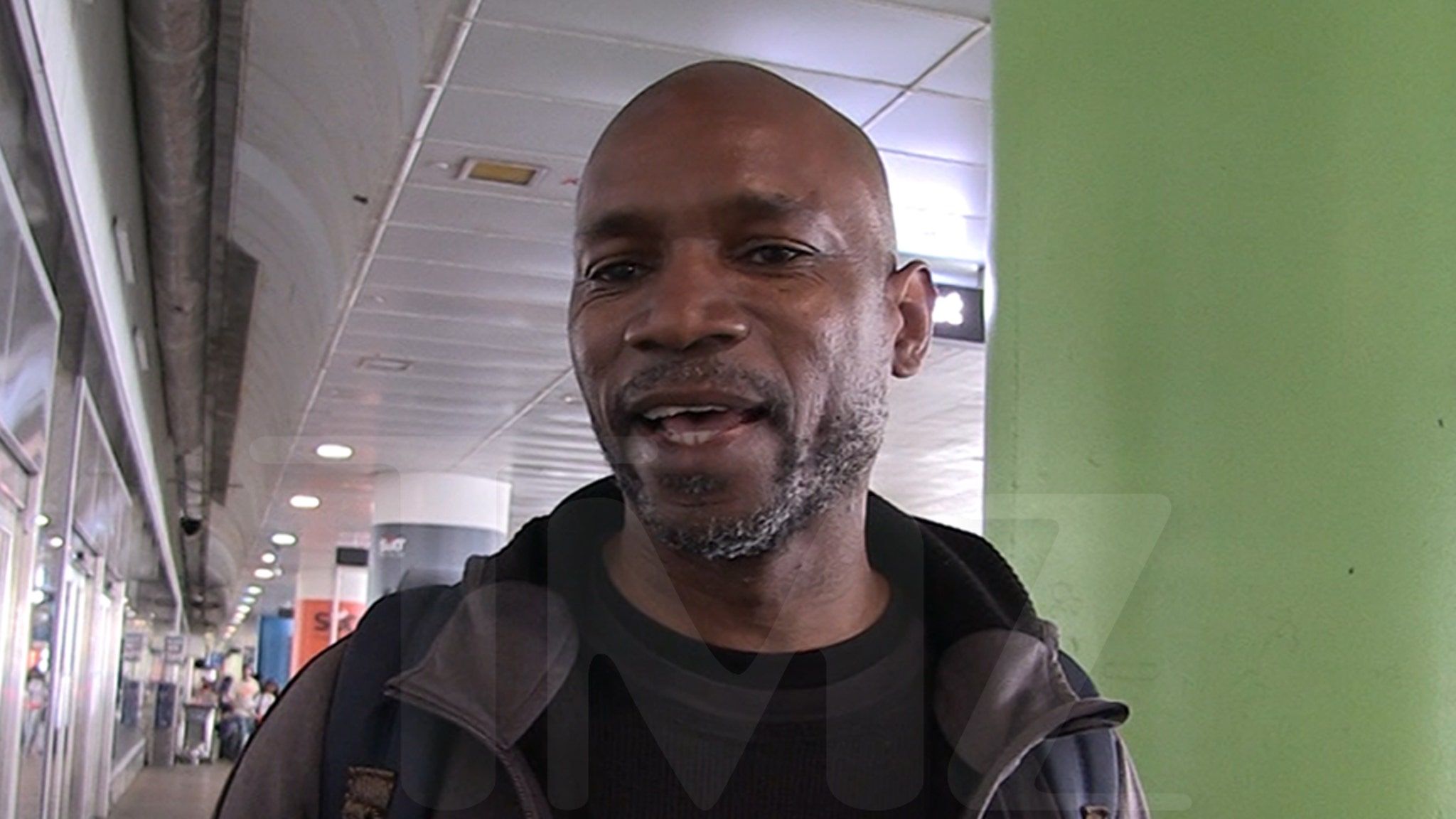Culture
At 100, the Intergalactic Jazz Hero Marshall Allen Is Still on a Mission


In late June, the Sun Ra Arkestra was onstage at Roulette in Brooklyn, swinging its way through “Queer Notions,” a jaunty big-band tune by the saxophonist Coleman Hawkins. The rendition hewed closely to the relaxed, seesaw riffing of the original, recorded by Fletcher Henderson and His Orchestra in 1933. But there was one prominent difference: the barrage of bleeps, whooshes and wobbly theremin-like tones emanating from an EVI — short for electronic valve instrument — played by Marshall Allen, the multi-instrumentalist and longtime Arkestra mainstay who had recently celebrated his 100th birthday.
Allen’s longevity onstage would be noteworthy on its own. But when you take in an Arkestra gig — watching Allen repeatedly leap to his feet to solo, resplendent in a gold-sequined cap and vest — his endurance is mind-boggling. Both at Roulette, where the ensemble played the concluding set of the Vision Festival in honor of Allen’s centennial, and during a trio performance at the Brooklyn Music School a few days earlier, he wasn’t merely an eminent elder but a mirthful dynamo. His contributions on EVI and alto saxophone often clashed brilliantly with the surrounding textures, embodying the joyous eclecticism that helped make Sun Ra — the pianist, composer and Afrofuturist thought leader who helmed the Arkestra from the mid 1950s until his death in 1993 — one of the 20th century’s most prescient musical visionaries.
Much like Sun Ra’s own keyboard work, Allen’s art is a study in extremes. His alto saxophone phrases are mini eruptions: Tensing his shoulders as he blows and raking his right hand up and down over the keys, he produces squeals, snarls and honks that register as Expressionist gestures as much as avant-garde sounds. Even set against the alto work of a musician one-fourth his age — as on the tribute LP “Red Hot & Ra: The Magic City,” where Allen appears alongside the rising star Immanuel Wilkins — his sonic splatters still hold a bracing power.
But focusing on Allen’s more outré qualities can obscure just how much history he embodies. Enlisting in the Army during World War II, he played clarinet in a military band and, after an honorable discharge, studied at the Paris Conservatory and recorded with the bebop luminary James Moody. When he joined up with the Arkestra in Chicago in 1957, it was a compact, immaculately swinging big band, with a sound rooted in both Sun Ra’s admiration of giants like Fletcher Henderson and a pervasive Space Age aesthetic, manifesting in shiny costumes and sung slogans like “We travel the space ways/From planet to planet.” Allen was drawn in, he recalled to The New York Times in 2020, by the leader’s lectures on space and “all this other stuff: ancient Egypt and the Bible.”
The Brooklyn Music School performance — where Allen was joined by fellow Arkestra members Tara Middleton (vocals) and Farid Barron (piano) — served as a reminder of his firm grounding in a bygone era. Though the set featured plenty of jump-scare saxophone and echoey EVI tones, there were also roomy stretches of poignant lyricism. On “Sometimes I’m Happy,” a 1920s-era standard that Sun Ra often played, Allen answered Middleton’s lines with soft, ruminative phrases that strongly evoked Johnny Hodges, whose legacy is as closely intertwined with Duke Ellington as Allen’s is with Sun Ra.
Allen’s wilder side has its roots in the early 1960s, when Sun Ra relocated the Arkestra to New York and began steering it in a more experimental direction. Listen to Allen’s piercing, reverb-treated oboe on “Celestial Fantasy” or the tangle of ululating saxophones on “Next Stop Mars” to hear just how far he and his bandmates had ventured. (Allen has credited Sun Ra with helping him access a deeper part of himself. “He’d say: ‘You’ve got a nice sound when you play, but something is missing,’” Allen told The Guardian earlier this year. “The other part was the spirit.”) And on “Barrage,” an album by the pianist Paul Bley recorded the following year, you can hear Allen’s signature alto sound in all its jagged, frenzied splendor.
In subsequent decades, along with the Arkestra as a whole, Allen would master the art of accessing the entire spectrum of jazz expression, often within a single piece. On “Ten by Two,” a duo album with the NRBQ pianist Terry Adams, recorded live in 1996 and 1997 and released in 2005, his shock tactics regularly tag-team with his sentimental side, highlighting the potency of each. Like contemporaries such as the pianist Jaki Byard, who famously found a place for Fats Waller-style stride piano within the ’60s jazz vanguard, Allen has challenged the idea that advancements in the music needed to take the form of schisms.
It works in Allen’s favor that jazz elders only seem to accrue hipness and prestige with age, a pattern that’s hardly the norm in pop or hip-hop, where a generation gap can seem like an impasse. (Witness Herbie Hancock’s alliances with Flying Lotus, Thundercat and Kamasi Washington, or the veteran saxophonist George Coleman’s coterie of young admirers and collaborators.) Along with regular Arkestra appearances, Allen keeps up a busy schedule of collaborations with artists such as the vocalist and multi-instrumentalist Angel Bat Dawid and the pianist John Blum, and regularly collects plaudits from tastemakers across genres, including members of Yo La Tengo, who frequently share bills with the Arkestra and turned up to witness Allen’s Vision Festival appearance.
At Roulette, Allen was very much in the mix, huddling with associates and admirers on the curb outside and in the lobby before his set. Onstage, he radiated enthusiasm, playing ensemble passages and offering extemporaneous commentary whenever the spirit struck. His continued vitality is a gift, especially given that many jazz legends have died tragically young. (To name just one: Eric Dolphy, another multi-instrumentalist who helped to broaden the scope of jazz in the early 1960s, who died 60 years ago last month at the age of 36.)
But the reason to go see Allen whenever you can isn’t simply about a number. Onstage at 100, he still seems utterly captivated by what sound can do, whether he’s outlining a tender melody or venturing into his latest celestial fantasy.
At one point during the Brooklyn Music School performance, Allen played his EVI against a backdrop of near silence, his gently warped notes twinkling in starlike suspension. The sounds were beautiful but even more so was his sense of sustained engagement — the palpable feeling that, after a century on the planet and more than 60 years in the orbit of his late, great bandleader and spiritual guide, there are still further space ways to travel.






















